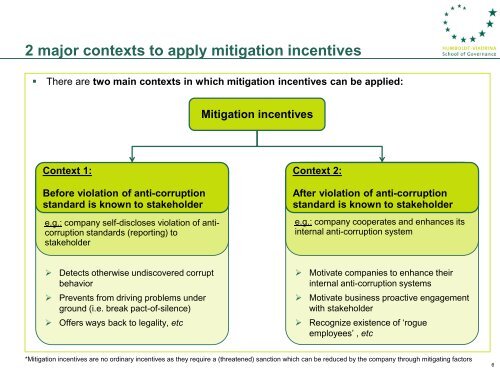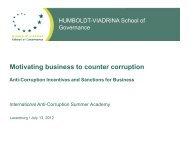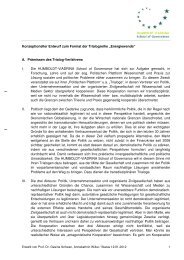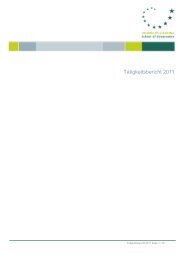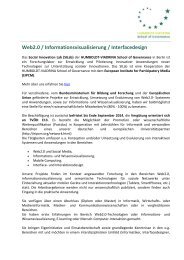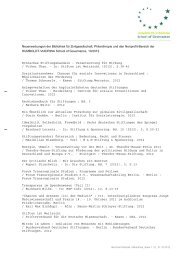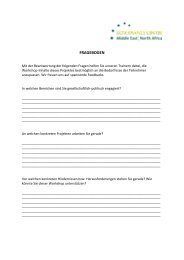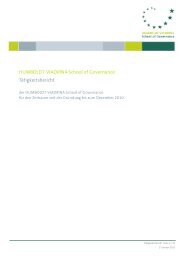here - HUMBOLDT-VIADRINA School of Governance
here - HUMBOLDT-VIADRINA School of Governance
here - HUMBOLDT-VIADRINA School of Governance
Create successful ePaper yourself
Turn your PDF publications into a flip-book with our unique Google optimized e-Paper software.
2 major contexts to apply mitigation incentives<br />
• T<strong>here</strong> are two main contexts in which mitigation incentives can be applied:<br />
Mitigation incentives<br />
Context 1:<br />
Before violation <strong>of</strong> anti-corruption<br />
standard is known to stakeholder<br />
e.g.: company self-discloses violation <strong>of</strong> anticorruption<br />
standards (reporting) to<br />
stakeholder<br />
Context 2:<br />
After violation <strong>of</strong> anti-corruption<br />
standard is known to stakeholder<br />
e.g.: company cooperates and enhances its<br />
internal anti-corruption system<br />
‣ Detects otherwise undiscovered corrupt<br />
behavior<br />
‣ Prevents from driving problems under<br />
ground (i.e. break pact-<strong>of</strong>-silence)<br />
‣ Offers ways back to legality, etc<br />
‣ Motivate companies to enhance their<br />
internal anti-corruption systems<br />
‣ Motivate business proactive engagement<br />
with stakeholder<br />
‣ Recognize existence <strong>of</strong> ‘rogue<br />
employees’ , etc<br />
*Mitigation incentives are no ordinary incentives as they require a (threatened) sanction which can be reduced by the company through mitigating factors<br />
6


